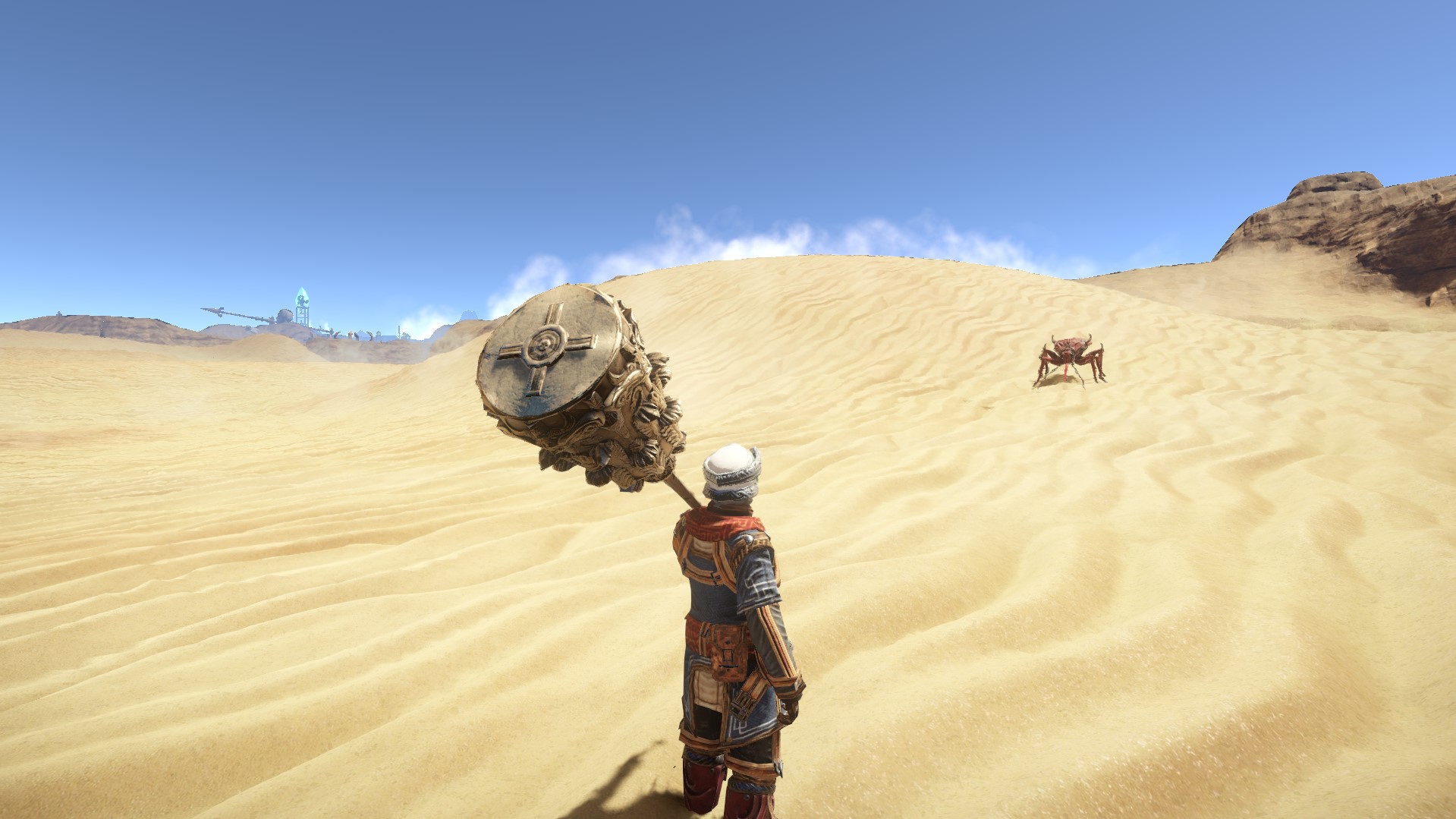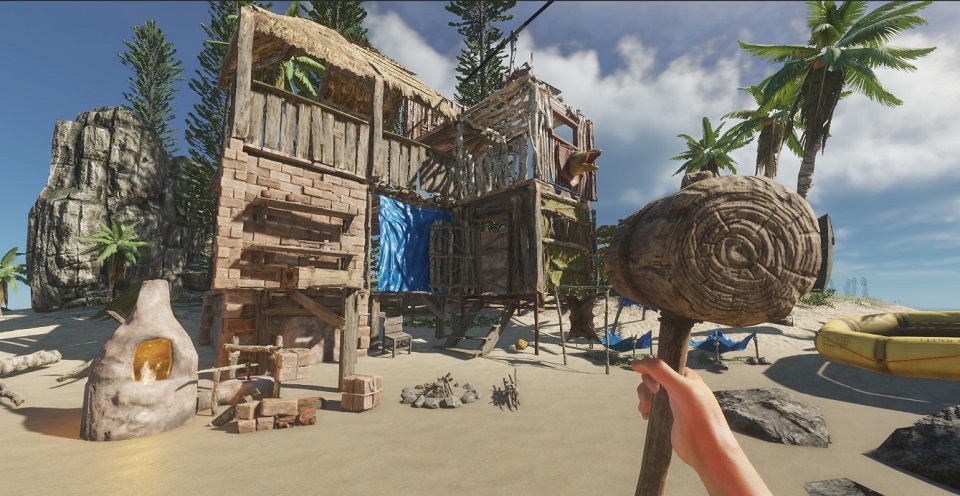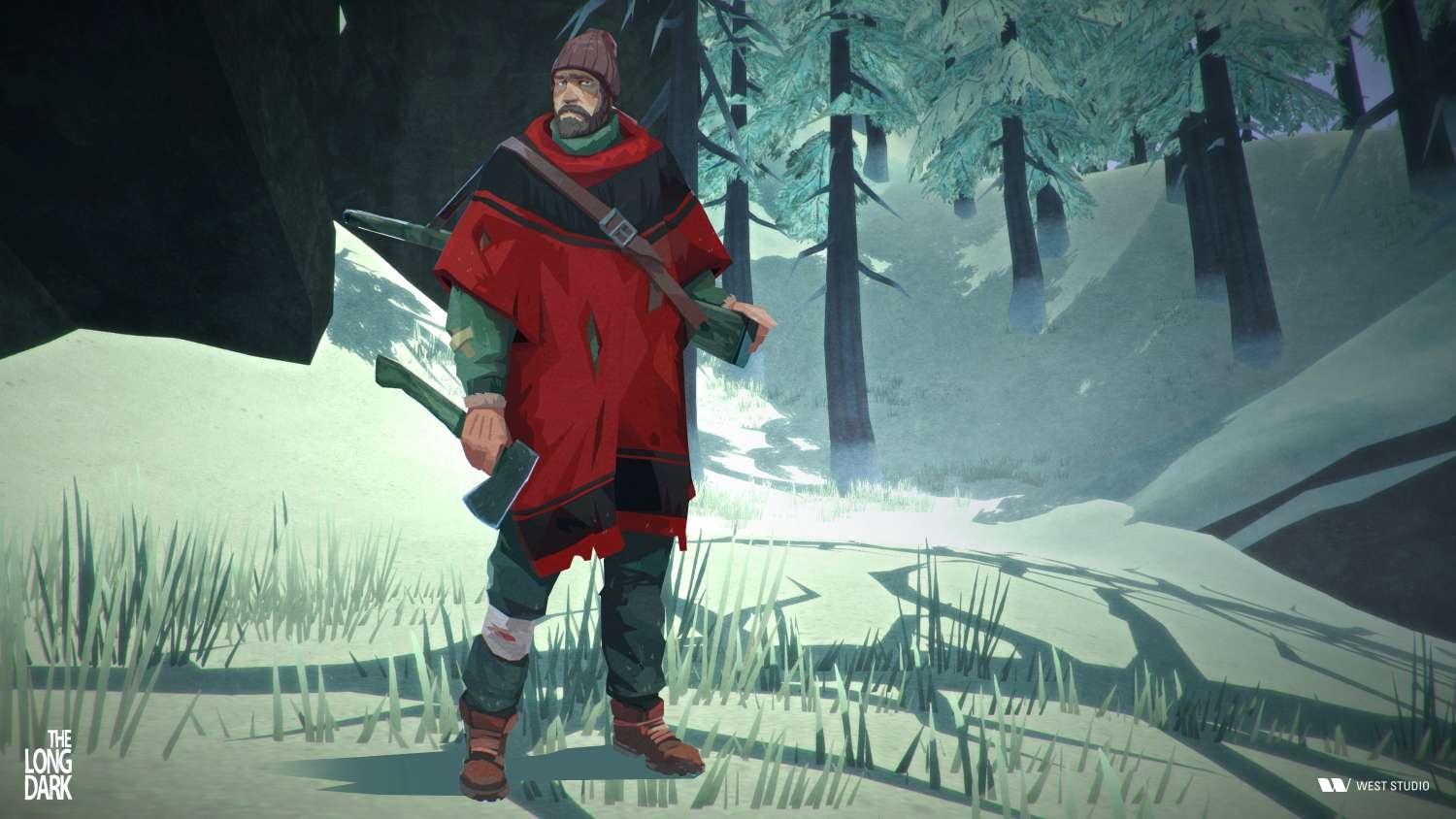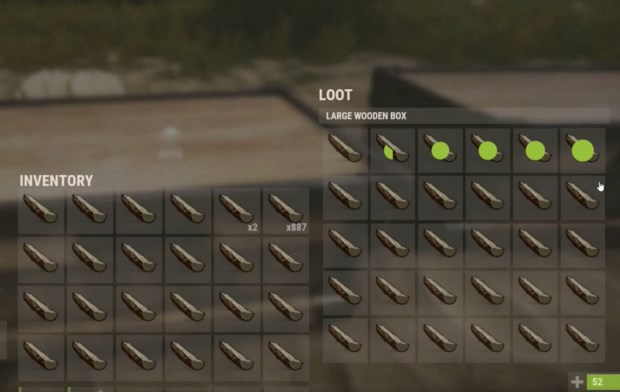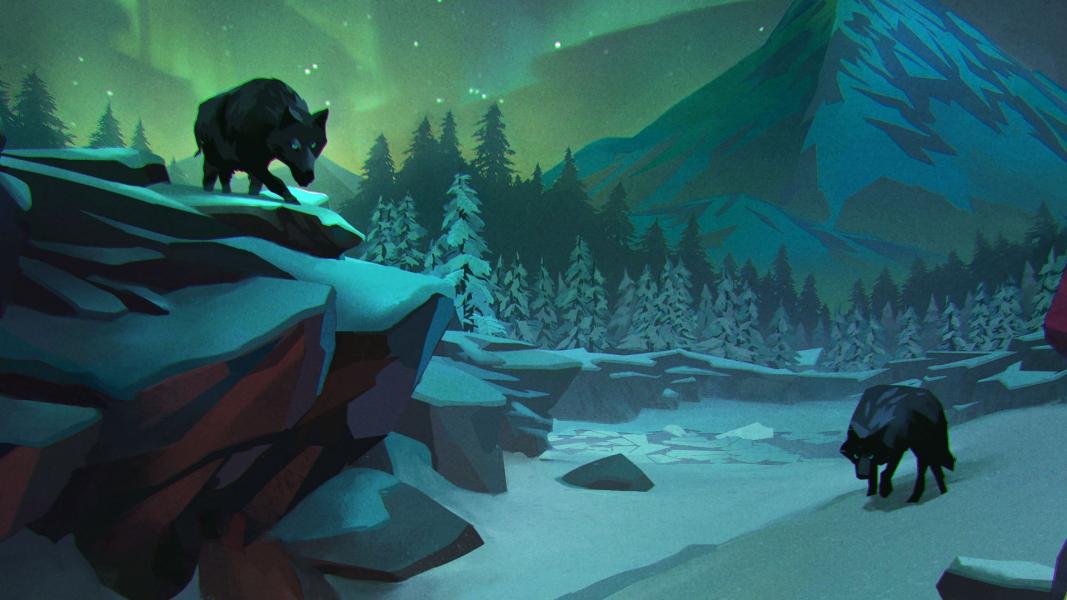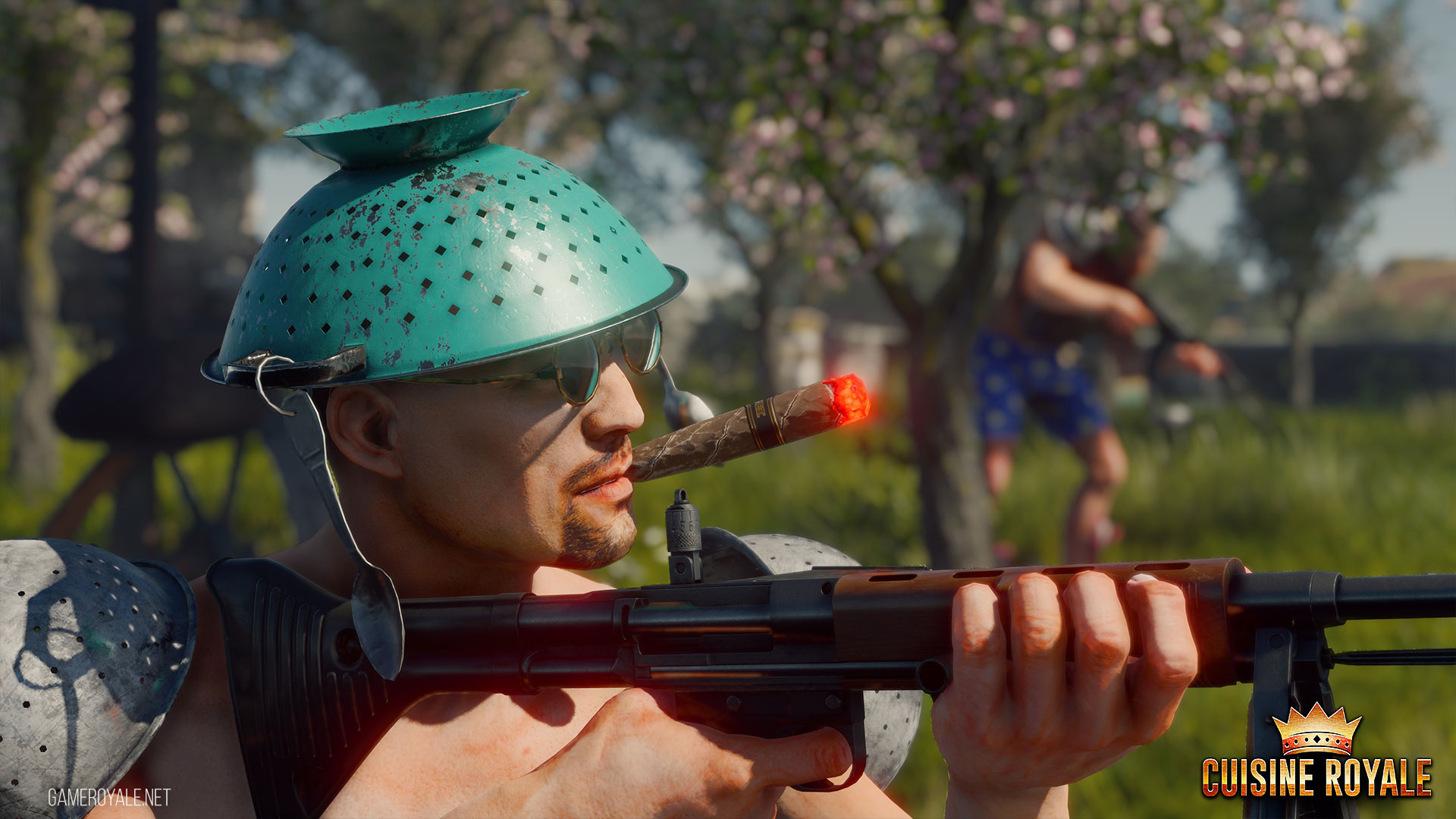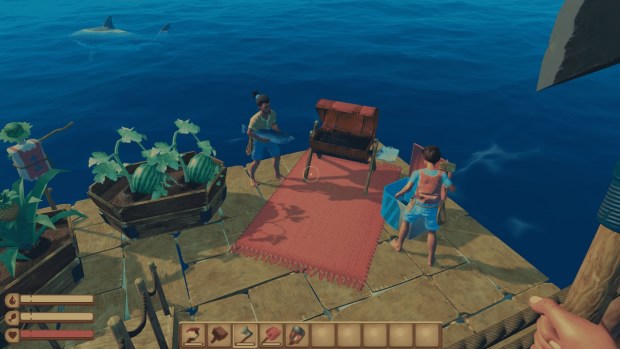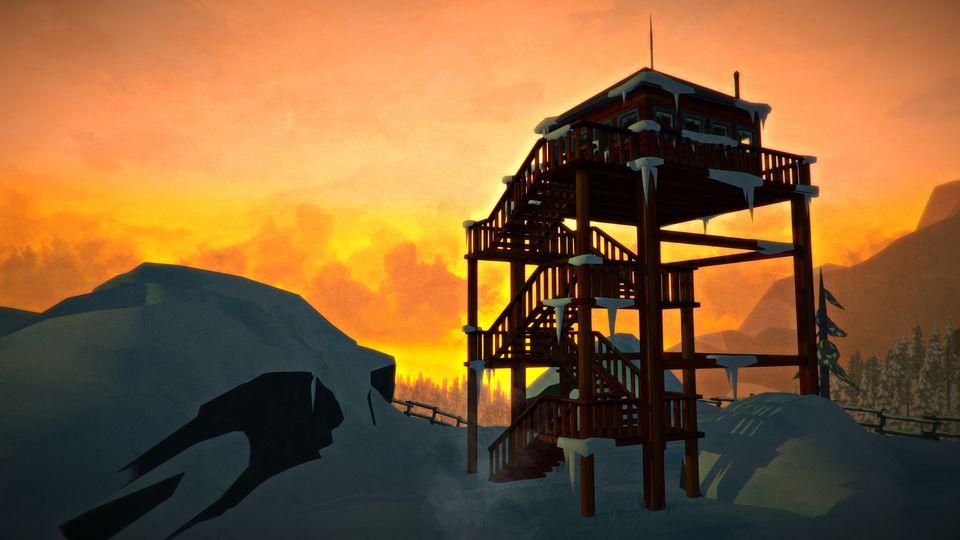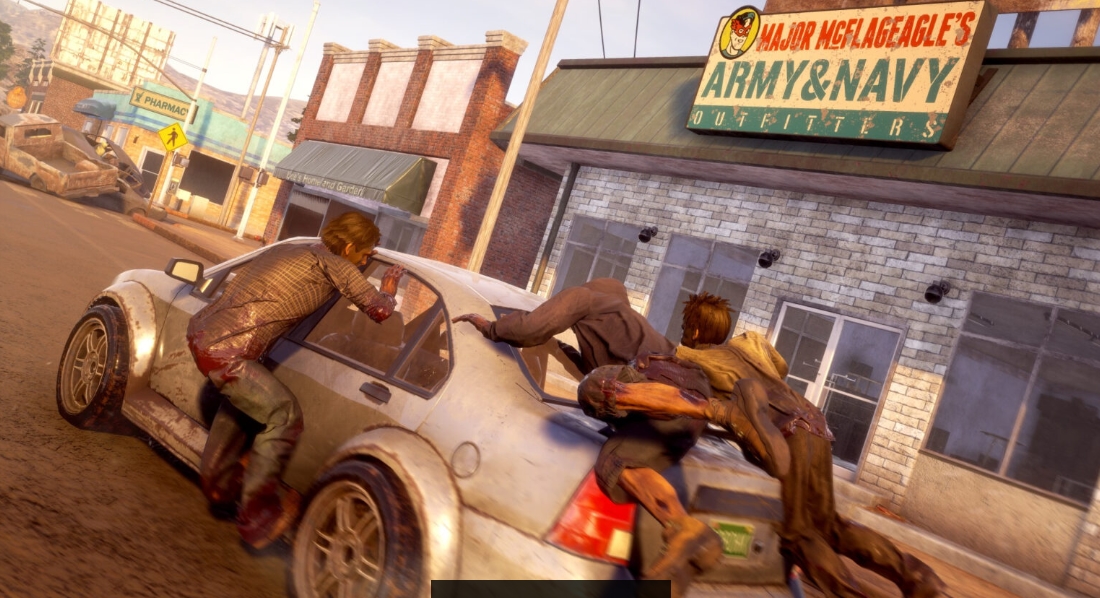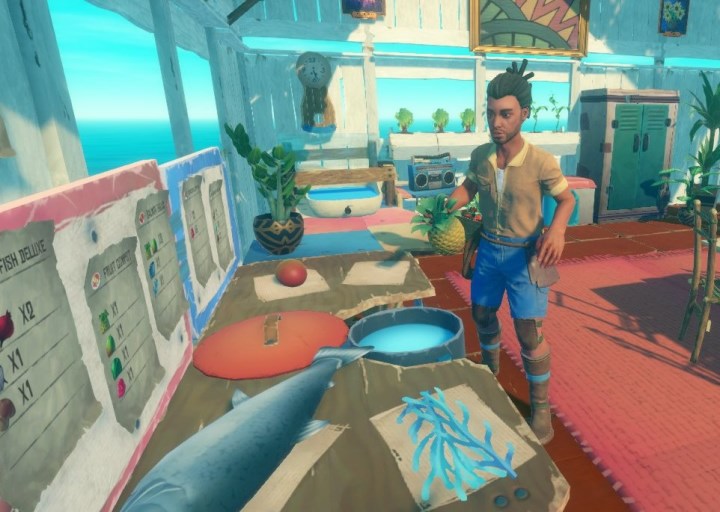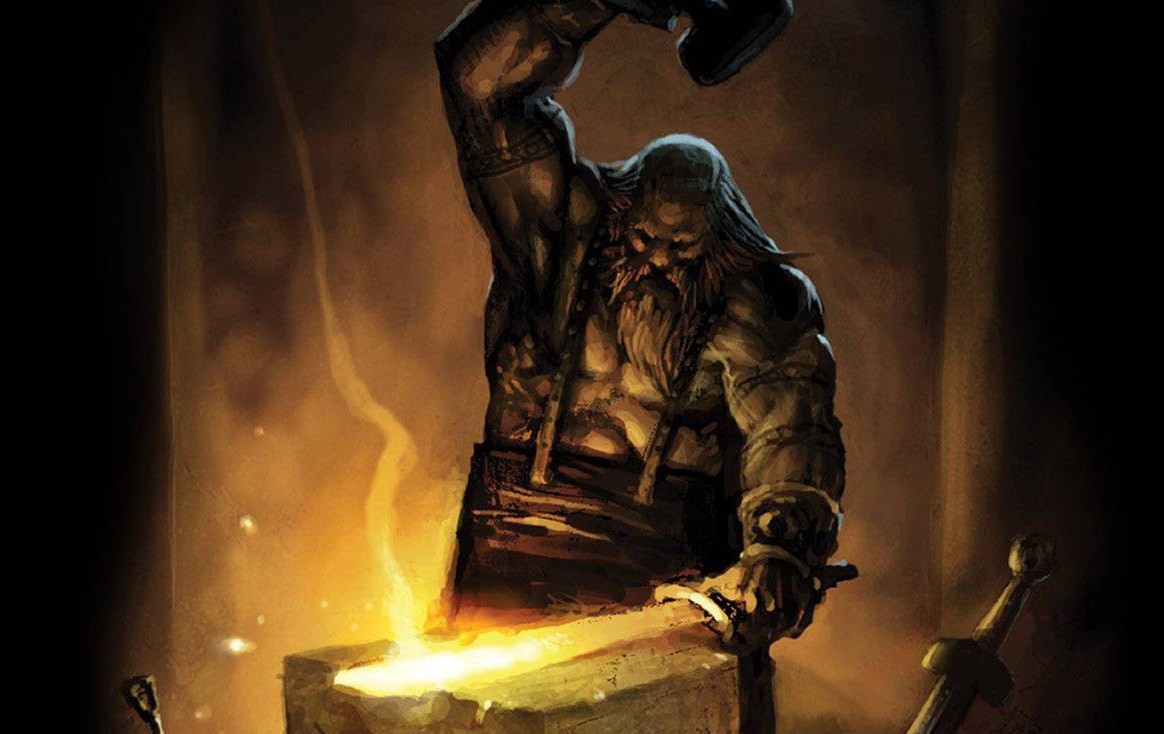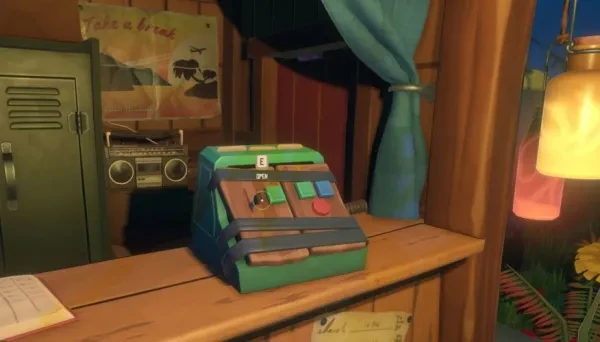
In Raft, wood planks are one of the most essential resources for survival. Planks are used for crafting a variety of items, including tools, weapons, and building materials. They are obtained by collecting wood from floating debris, in loot boxes, chopping trees, etc. As you progress through the game, you will need more and more planks to continue building and expanding your raft. Planks can also be used to repair damage to the raft caused by the shark. So, here are five ways you can get wood planks.
5. Crates
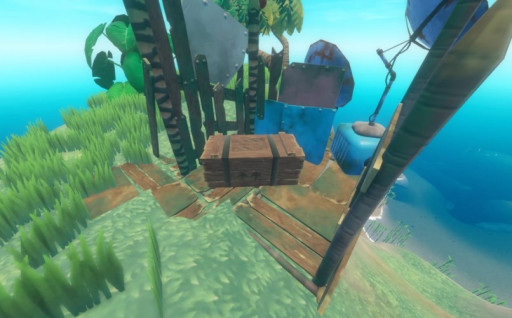
Crates can be found on randomly generated islands. They aren’t the most reliable source of wood, but there is wood in there, and it’s worth opening all of them as you jump from island to island.
The bigger islands always have crates, usually more than one. When exploring an island, crates can be found on the highest point of the island, in caves, and in underwater caves. Make sure to circle the island underwater just to make sure you don’t miss any underwater caves.
How it works:
- Stop by every island and look for crates.
- Each box has a chance of dropping metal ore.
- There is a 34.6%-41% chance of getting wood from crates.
4. Hook
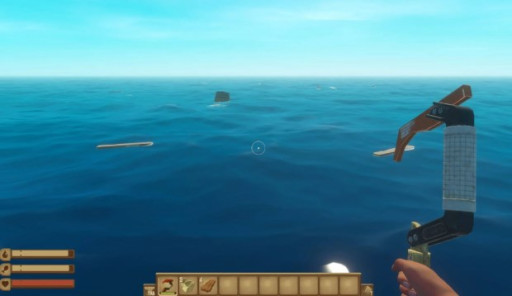
Everyone starts out with a plastic hook in their hands. You can throw it and gather resources with it early-game, but be careful… The plastic hook doesn’t last very long. Once you’ve gone further in the game, you can craft stronger hooks like the scrap hook and titanium hook.
This is the only way to get wood at the beginning of the game. Once you’ve gathered enough material, you can craft a stone axe to start chopping trees.
One throw equals one use of the hook. The plastic hook has 40 uses, the scrap hook has 100 uses, and the titanium hook has 200 uses. However, by the time you get to a titanium hook, you will have better ways to collect wood and won’t have to use your hook to collect resources.
Barrels also float in the debris, which always has a little bundle of resources. There is a 37.73% chance of getting wood from barrels.
How it works:
- Throw the hook towards some floating debris (especially towards the wood planks).
- Once the hook catches onto a resource, you can pull it in.
- Try to catch more than one item per throw because once you pull in your hook, that counts as one use.
3. Large Crop Plots
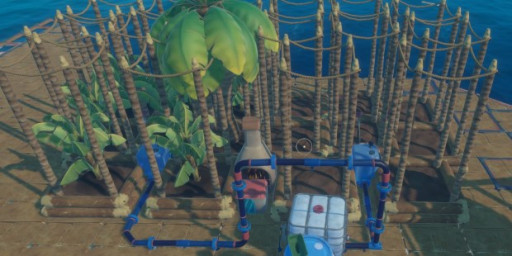
Large crop plots are one way you can plant and grow trees on your raft. I always start with a tree farm of at least five large crop plots. On my current run, I have 15 large crop plots growing wood for me. It’s honestly the most time-consuming method of getting wood, but I do get lots of wood this way.
It takes some effort to grow trees, as there are a few steps to take and you have to water each plot. But once you have a sprinkler system hooked up, growing trees is no effort at all.
The stone axe is good for 50 uses, the metal axe for 120 uses, and the titanium axe is good for 240 uses.
How it works:
- Craft large crop plots.
- Plant tree seeds in them, water them, and wait for them to grow.
- Chop and repeat.
2. Chopping Trees On Islands

As you go from island to island, you should cut down as many trees as possible. This is a really good way to get wood early-game. But even later in the game, when you reach Balboa Island and Tangaroa, you can get a bunch of wood from those massive Story Islands.
The best island to get wood on is Tangaroa. There are more than 80 trees on the island, and after clearing them, you’ll end up with about 12 stacks of wood planks and 12 stacks of palm leaves.
The only reason it’s not at the top of my list is because of all the axes you’ll have to go through. Sometimes you don’t have the resources to craft very many axes. For reference, on Tangaroa with 80 trees and each tree taking 5 hits, you would need to bring 8 stone axes, 4 metal axes, or 2 titanium axes.
How it works (bullet points)
- Sail from island to island.
- Chop down all the trees you can with your axe.
1. Collection Nets
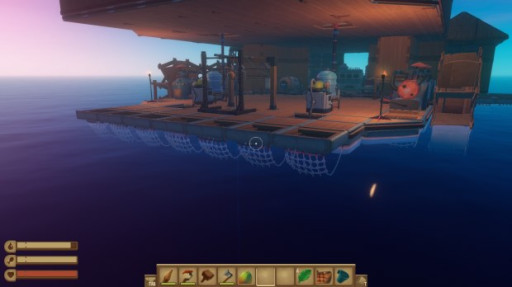
Collection nets are an effortless and efficient way to collect wood. It saves you time because you can just leave them to collect your resources while you go and do something else. Collection nets are extremely useful for passively collecting resources without destroying your hook.
Sharks will attack the outermost blocks of your raft, so don’t place them on the outside or fortify the nets when you have metal to spare.
The best way to place your collection nets is to place two lines of nets adjacent to each other, sort of in an L-shape. This ensures the most debris collection, despite the direction you’re floating or sailing. A simple collection net holds up to 10 items, and the advanced one holds up to 15.
How it works:
- Place collection nets on your raft.
- Leave them to collect resources passively.
- Check back every few minutes to gather whatever the nets collected.


